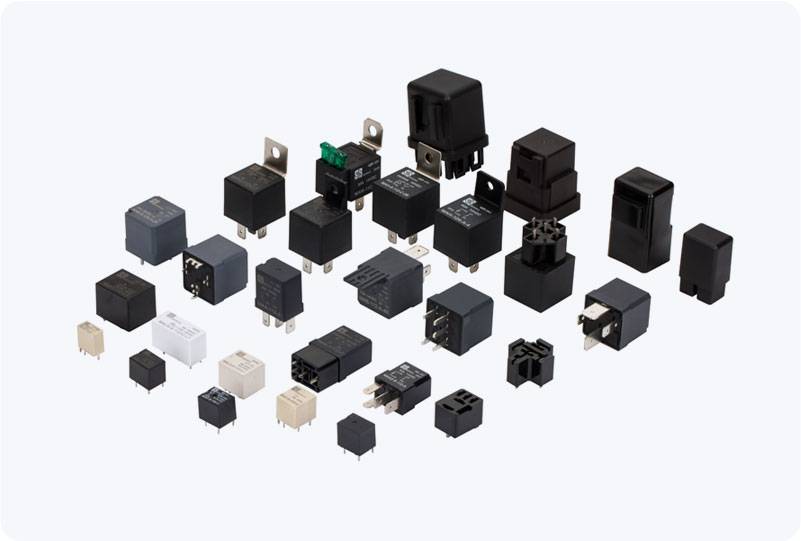The IEC 61811 Power Relay standard plays a critical role in the functioning of electrical systems across a wide range of industries. This international standard, developed by the International Electrotechnical Commission (IEC), provides essential guidelines for the design, performance, and testing of power relays used in electrical control and protection systems. Power relays, which are used to control the flow of electrical current, are integral components in industrial automation, electrical distribution, and various other applications. In this article, we will explore the key aspects of the IEC 61811 standard and its importance in ensuring safe and reliable operation of electrical systems.

What is a Power Relay? A power relay is an electromechanical device used to control the switching of electrical circuits. It consists of a coil, contacts, and an armature. When an electrical current passes through the coil, it creates a magnetic field that causes the armature to move and either open or close the contacts, thereby completing or breaking the circuit. Power relays are used in various applications where large currents need to be controlled or switched, such as in industrial machinery, motor controls, and power distribution systems. Key Aspects of IEC 61811 Standard IEC 61811 outlines the requirements for power relays in terms of electrical and mechanical performance, safety, and environmental conditions. It is designed to ensure that power relays can withstand the stresses of industrial environments and provide reliable operation over extended periods. Below are some of the key aspects of the standard: